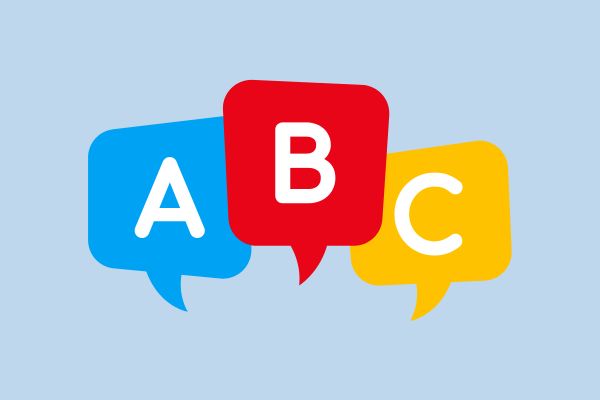Verb

In the symphony of language, verbs take centre stage as the dynamic heartbeat, driving the action, expressing states of being, and bringing life to our words. As one of the fundamental parts of speech, verbs play a crucial role in constructing sentences and conveying meaning effectively.
They act as the engine that powers communication, allowing us to describe actions, emotions, and experiences with precision and clarity. In this comprehensive article, we will delve into the world of verbs, exploring their various types, functions, and significance in English, accompanied by numerous examples to illustrate their usage and power.
Understanding Verbs
At its essence, a verb is a word that expresses an action, occurrence, or state of being in a sentence. Verbs provide the essential dynamic element that brings movement and life to our language, allowing us to paint vivid pictures with our words. Without verbs, sentences would be lifeless and incomplete, lacking the power to convey the intended message effectively.
Types of Verbs
Verbs come in various forms, each serving a specific function in language. Let’s explore the different types of verbs and their roles in sentence construction:
Action Verbs
Action verbs describe physical or mental actions performed by the subject.
Examples:
- She runs in the park every morning.
- They write poems for fun.
Linking Verbs
Linking verbs connect the subject of a sentence to a subject complement, describing its state of being.
Examples:
- He is a talented musician.
- The flower smells delightful.
Helping Verbs (Auxiliary Verbs)
Helping verbs, also known as auxiliary verbs, work in conjunction with main verbs to express tense, mood, aspect, or voice.
Examples:
- She has finished her homework.
- We are going to the beach.
Modal Verbs
Modal verbs indicate possibility, necessity, ability, or permission.
Examples:
- He can swim.
- They should study for the exam.
Regular Verbs
Regular verbs form the past tense and past participle by adding “-ed” to the base form.
Examples:
- Talk (base form) – talked (past tense) – talked (past participle)
- Play (base form) – played (past tense) – played (past participle)
Irregular Verbs
Irregular verbs do not follow the standard pattern for forming the past tense and past participle.
Examples:
- Go (base form) – went (past tense) – gone (past participle)
- Sing (base form) – sang (past tense) – sung (past participle)
Functions of Verbs
Verbs serve multiple essential functions in language, allowing us to convey a wide range of actions, states, and emotions.
Expressing Actions
Action verbs are the primary means of expressing physical and mental activities.
Example:
The children play in the park.
Describing States of Being
Linking verbs help us describe the state or condition of the subject.
Example:
She is happy today.
Indicating Tense
Verbs help us convey the time of an action or event by using different tenses.
Examples:
- He will visit tomorrow. (future tense)
- They are playing soccer. (present continuous tense)
Showing Modality
Modal verbs express the likelihood, necessity, ability, or permission of an action.
Examples:
- She can speak three languages. (ability)
- You should apologise for your mistake. (necessity)
Forming Questions
Verbs are essential for forming questions and seeking information.
Example:
Did you enjoy the movie?
Creating Negatives
Negatives are formed by using auxiliary verbs with “not.”
Example:
He does not like spicy food.
Common Mistakes with Verbs
While verbs are fundamental to language, some common errors can occur in their usage. Let’s address these mistakes to ensure accurate and effective communication.
Subject-Verb Agreement
Verbs must agree with their subjects in terms of number (singular or plural).
Incorrect: The group of students was excited.
Correct: The group of students were excited.
Verb Tense Consistency
Maintaining consistency in verb tenses is crucial for clear communication.
Incorrect: She buys a new dress and wearing it to the party.
Correct: She buys a new dress and wears it to the party.
Proper Use of Modal Verbs
Modal verbs are used to express specific meanings and should be used accurately.
Incorrect: She can to play the piano.
Correct: She can play the piano.
Dangling Participles
Participles should be correctly placed in relation to the subject they modify.
Incorrect: Running down the street, the car suddenly stopped.
Correct: Running down the street, he suddenly stopped the car.
Calling all law aspirants!
Are you exhausted from constantly searching for study materials and question banks? Worry not!
With over 15,000 students already engaged, you definitely don't want to be left out.
Become a member of the most vibrant law aspirants community out there!
It’s FREE! Hurry!
Join our WhatsApp Groups (Click Here) and Telegram Channel (Click Here) today, and receive instant notifications.




